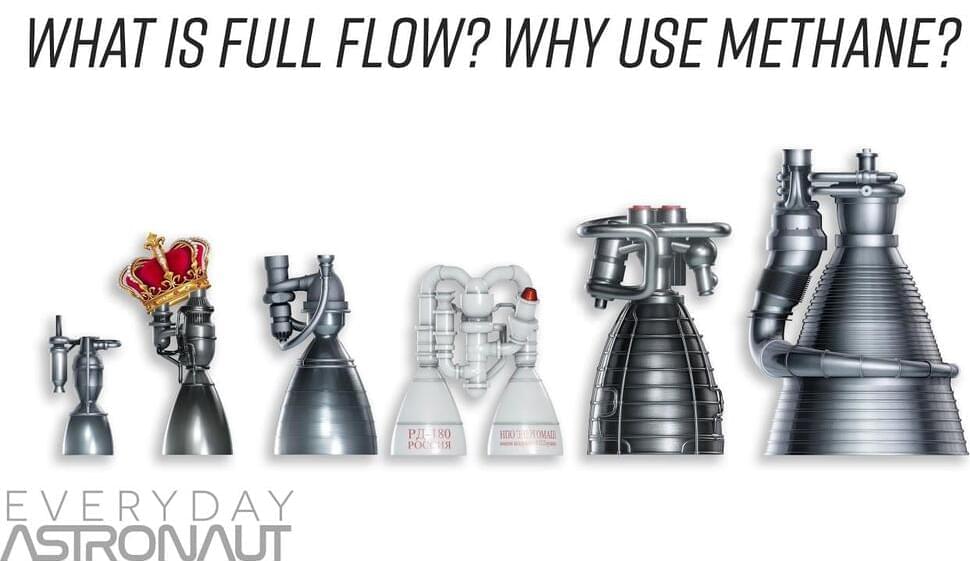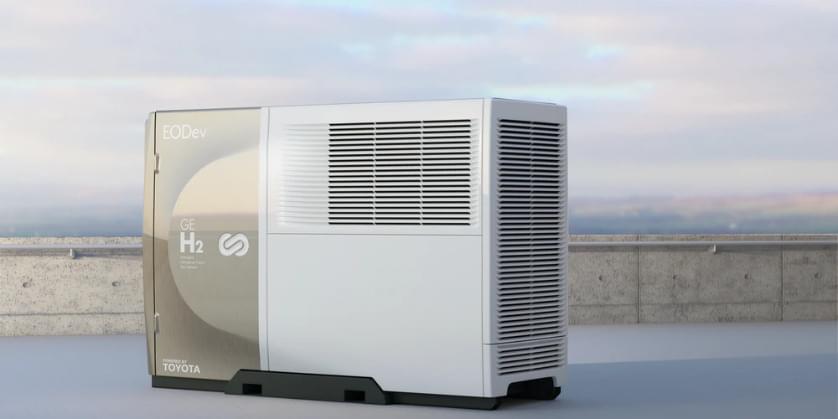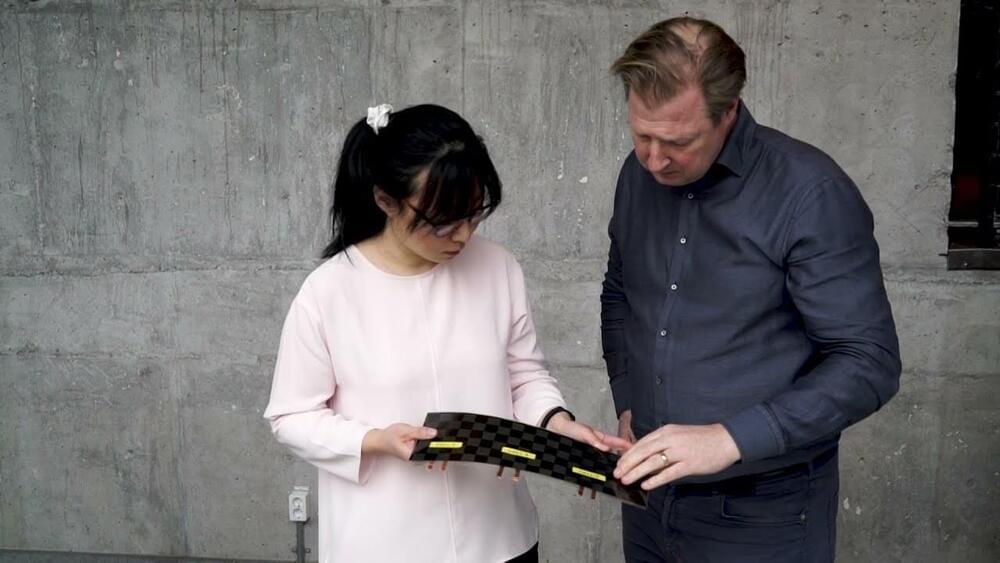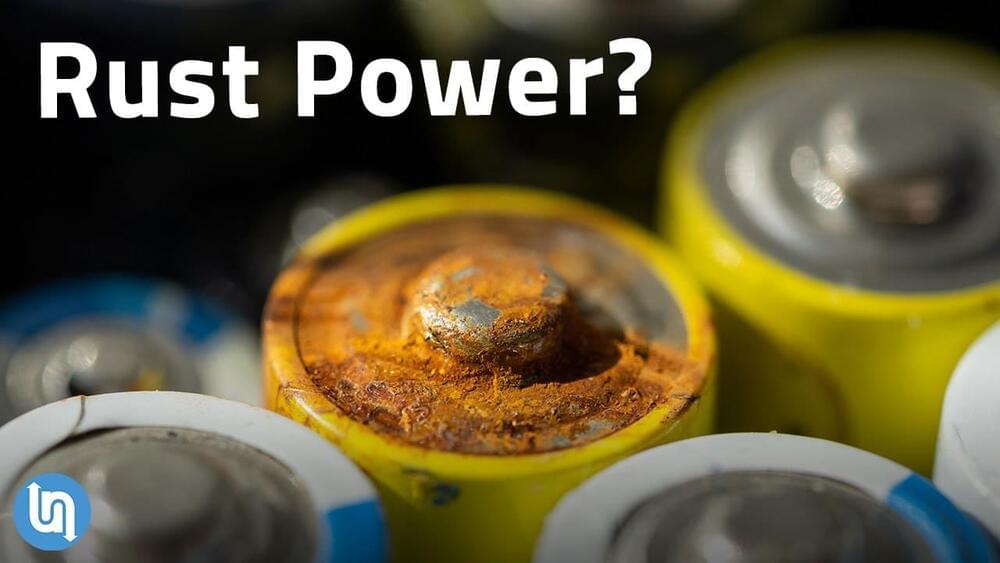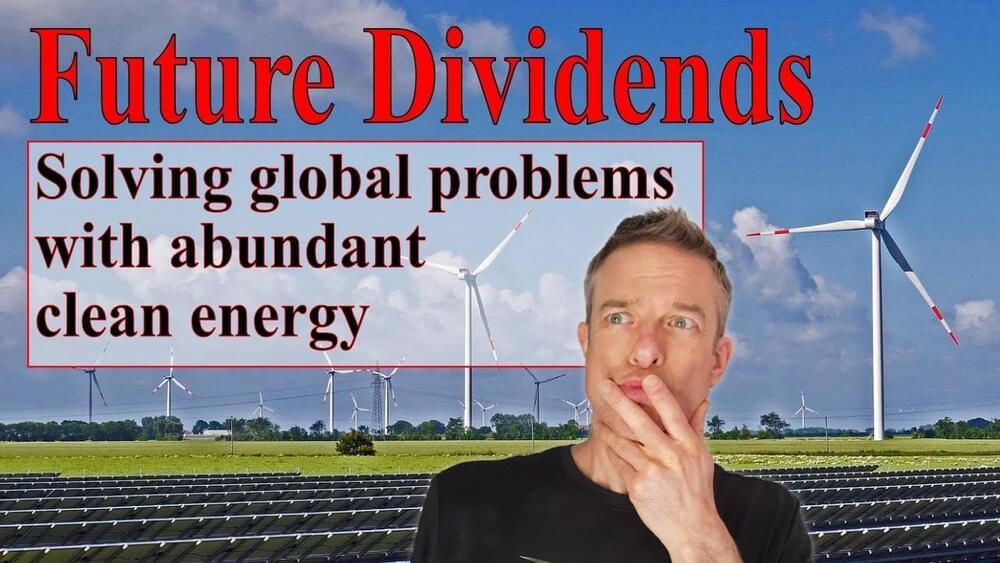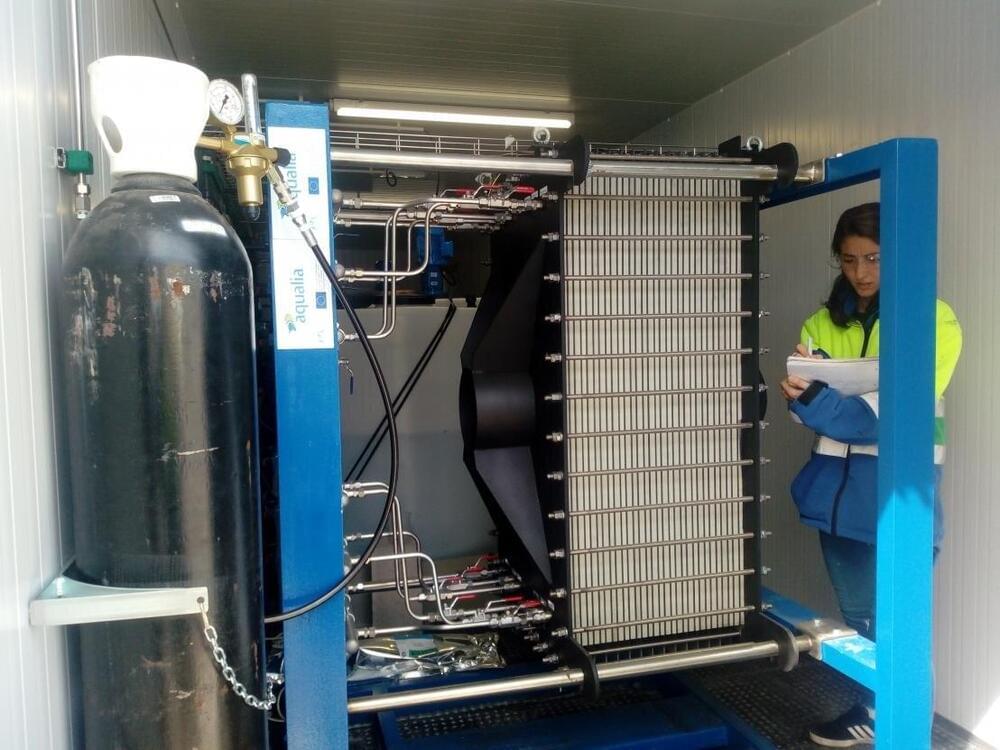Oct 31, 2021
If China’s economy keeps stumbling, it won’t just take down Beijing — the whole world will collapse with it
Posted by Kelvin Dafiaghor in categories: economics, education, energy, finance, government
China’s economy — the 2nd-largest in the world — is teetering on the brink of disaster.
Since this spring, Beijing has canceled initial public offerings, fined tech companies billions for antitrust violations, forcibly shut down China’s entire for-profit education industry, and sent CEOs running for the exits to avoid the government’s ire. Even more dire, the Chinese megadeveloper Evergrande recently started missing payments on its more than $300 billion in debt, shaking global markets. The convulsions have woken the world up to a startling new possibility — that Beijing may be willing to allow some of its private corporate behemoths to collapse in a bid to reshape the economic model that made China a superpower.


